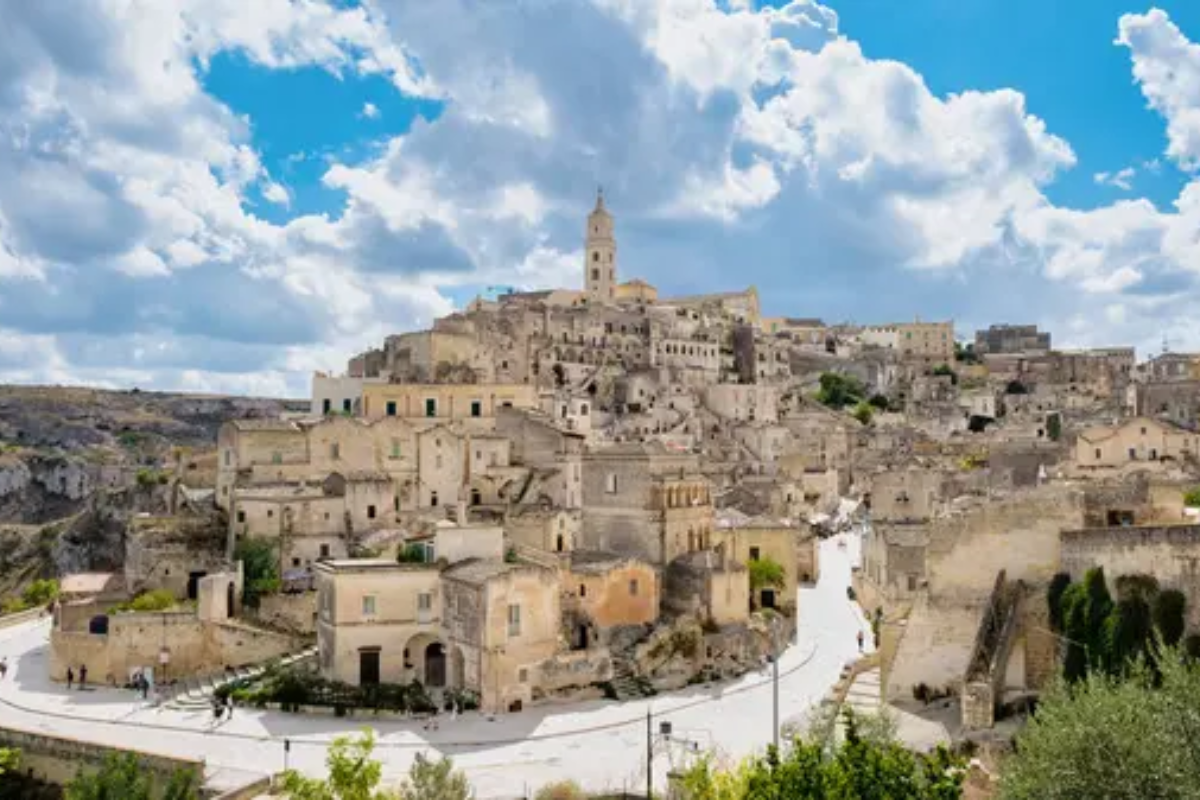While tourists crowd the Colosseum and jostle for space in Pompeii, savvy travelers know that Southern Italy’s most enchanting historical sites lie far from the well-worn tourist trails. Hidden in mountain villages and tucked away in forgotten valleys, these lesser-known treasures tell rich stories of ancient Greeks, Byzantine monks, medieval knights, and local families who’ve called these places home for generations.
Let’s explore 20 remarkable historical sites where centuries of Mediterranean history come alive without the crowds.
Castello di Fenis, Calabria
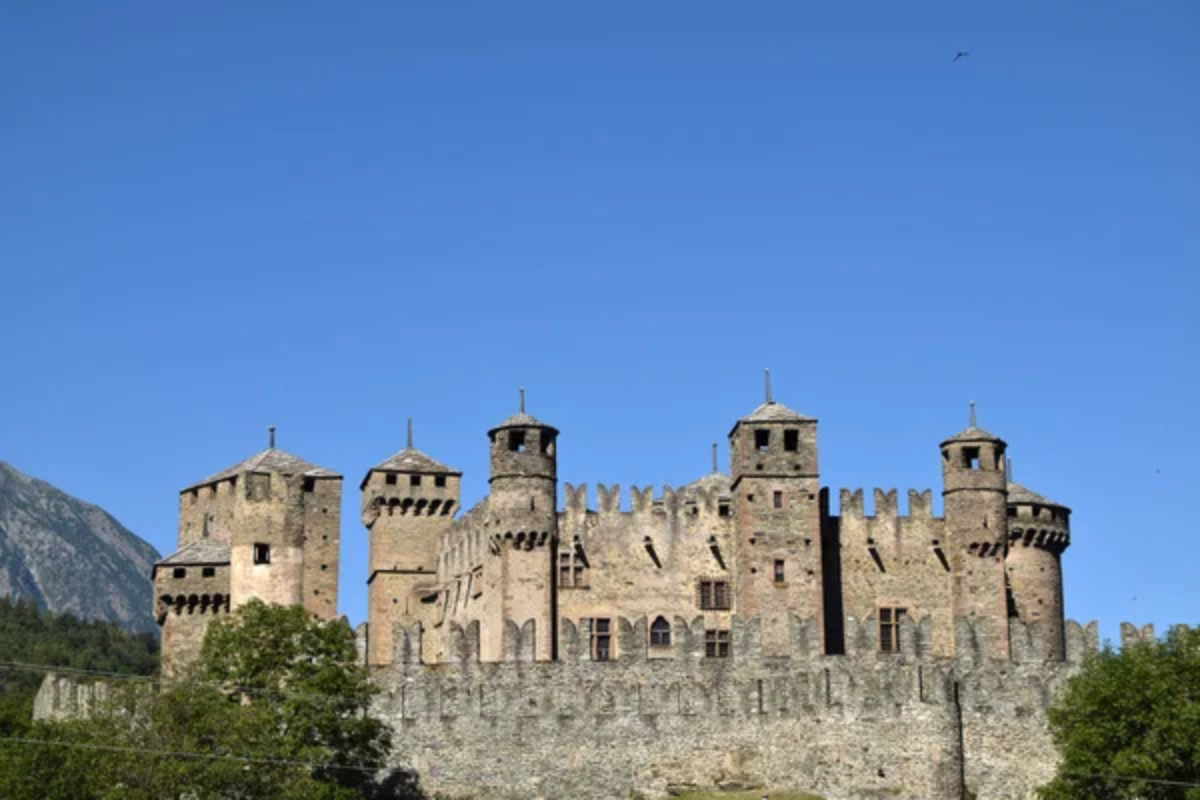
Perched on a forested hillside far from popular tourist routes, this 13th-century castle combines military strength with unexpected artistic beauty. The inner courtyard features a semi-circular stone staircase decorated with exquisite frescoes depicting saints and philosophers, while Gothic windows frame views of the surrounding chestnut forests.
Local families still gather in the castle’s grounds for traditional harvest festivals, maintaining centuries-old customs in the shadow of medieval walls. The castle’s remote location has helped preserve both its structure and the authentic atmosphere of the surrounding village, where elderly residents share stories passed down through generations.
Ancient chestnut trees in the castle gardens are said to date back to the fortress’s construction, their massive trunks and spreading branches creating perfect frames for photographers.
Grotta di Poesia, Puglia
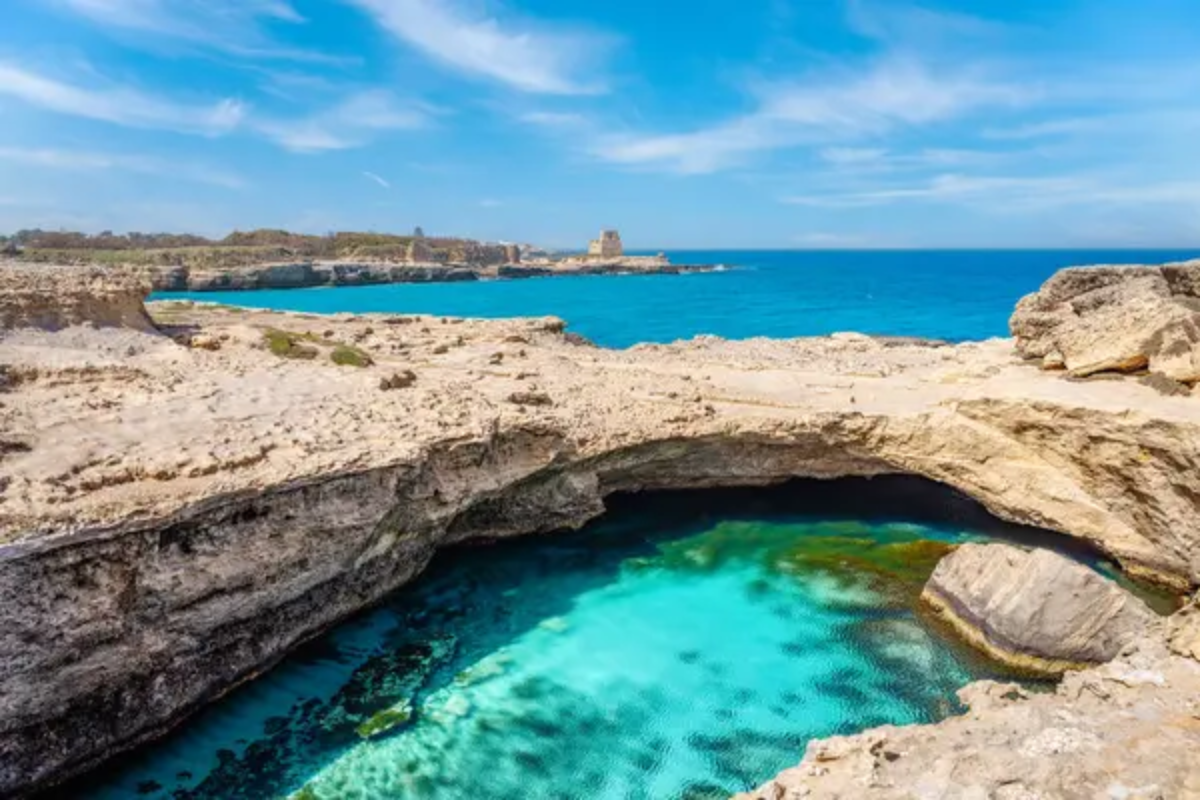
Often overlooked in favor of more famous coastal sites, this natural pool carved into limestone cliffs holds some of Europe’s oldest rock art. Ancient Greek and Messapian inscriptions cover the cave walls, creating a natural museum of Mediterranean writing that spans millennia.
Local fishermen still use traditional wooden boats to access the hidden coves around the grotto, while early-morning visitors might have the site completely to themselves. The combination of crystal-clear water, dramatic rock formations, and ancient history creates a uniquely immersive experience far from tourist crowds.
Sunlight playing through the natural arch creates ever-changing patterns on the water and cave walls, making every visit unique.
Like Travel Pug’s content? Follow us on MSN.
Certosa di Padula, Campania
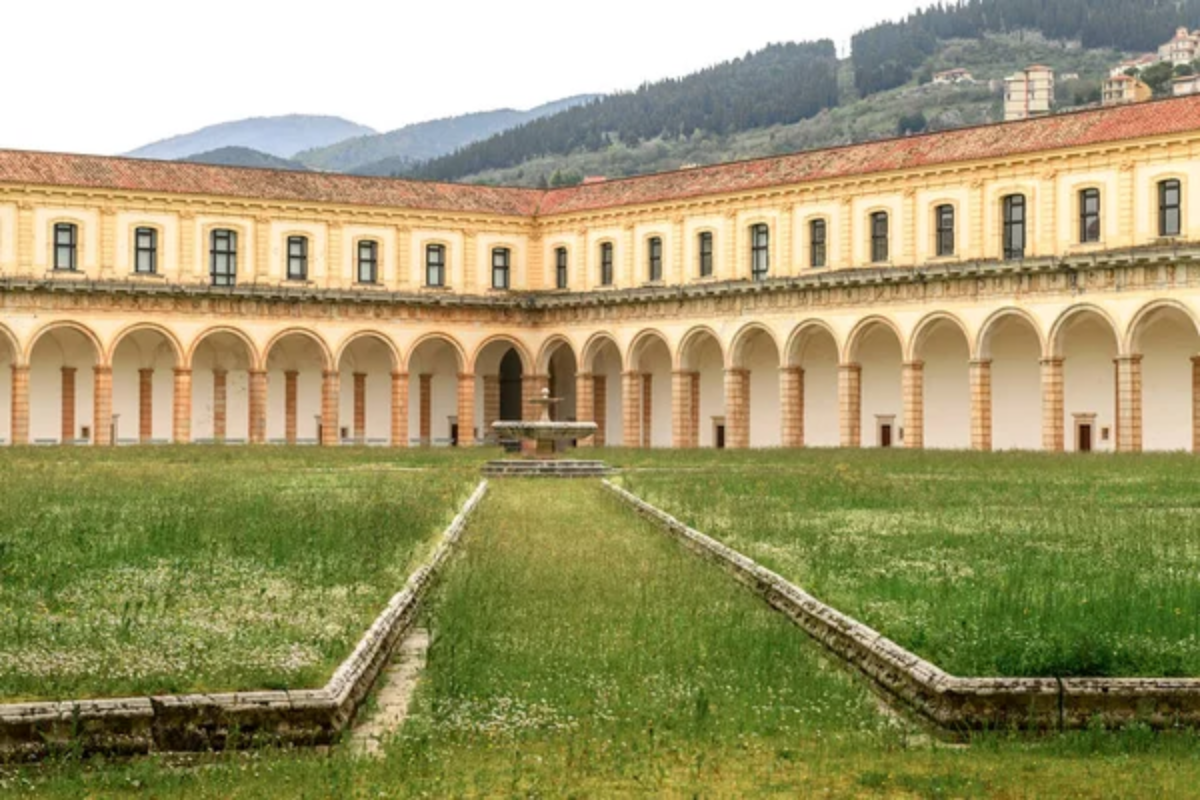
This massive Carthusian monastery hides in a quiet valley, its baroque splendor rivaling more famous religious sites while remaining remarkably uncrowded. The world’s largest monastery features the biggest monastic kitchen in Italy, where massive fireplaces and marble fish-cleaning tables tell stories of centuries of monastic life.
The monastery’s gardens maintain their original design, with medicinal herbs still growing in geometric patterns that reflect medieval understanding of the natural world. Local guides share stories of the monastery’s role during various historical periods, from its medieval founding to its use as a military hospital during World War II.
The vast complex requires hours to explore properly, with new architectural and artistic discoveries waiting around every corner.
Castello di Fiumefreddo, Calabria
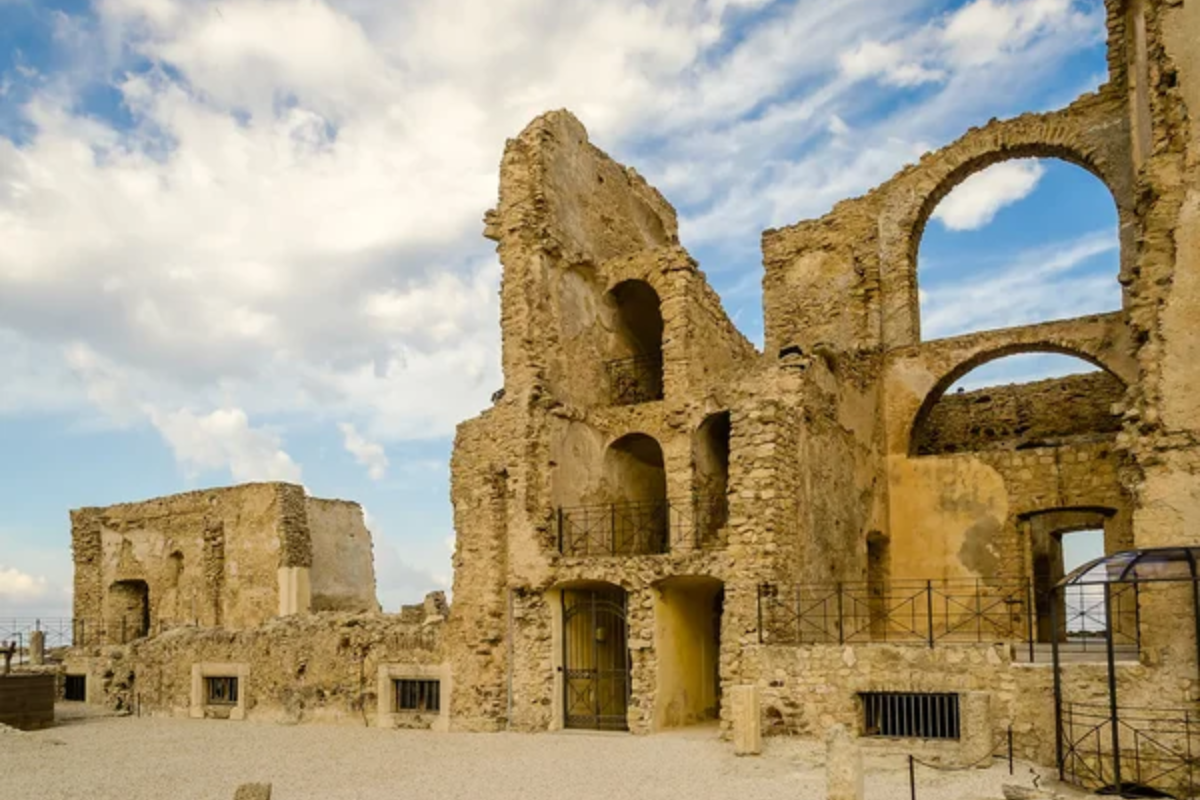
Rising dramatically above a medieval village, this Norman castle tells stories of centuries of Mediterranean power struggles through its unique architecture. The fortress combines Arab defensive techniques with Norman military engineering, while later Byzantine additions created an unusual hybrid of styles rarely seen in other Italian castles.
Local families maintain traditional gardens in the castle’s shadow, growing herbs and vegetables using methods passed down through generations. Evening light transforms the castle’s honey-colored stones to gold, creating perfect photo opportunities as swallows swoop around the ancient towers.
The surrounding village preserves its medieval street pattern, with narrow alleys leading to unexpected squares where elderly residents still gather to share local gossip.
Sassi di Matera, Basilicata
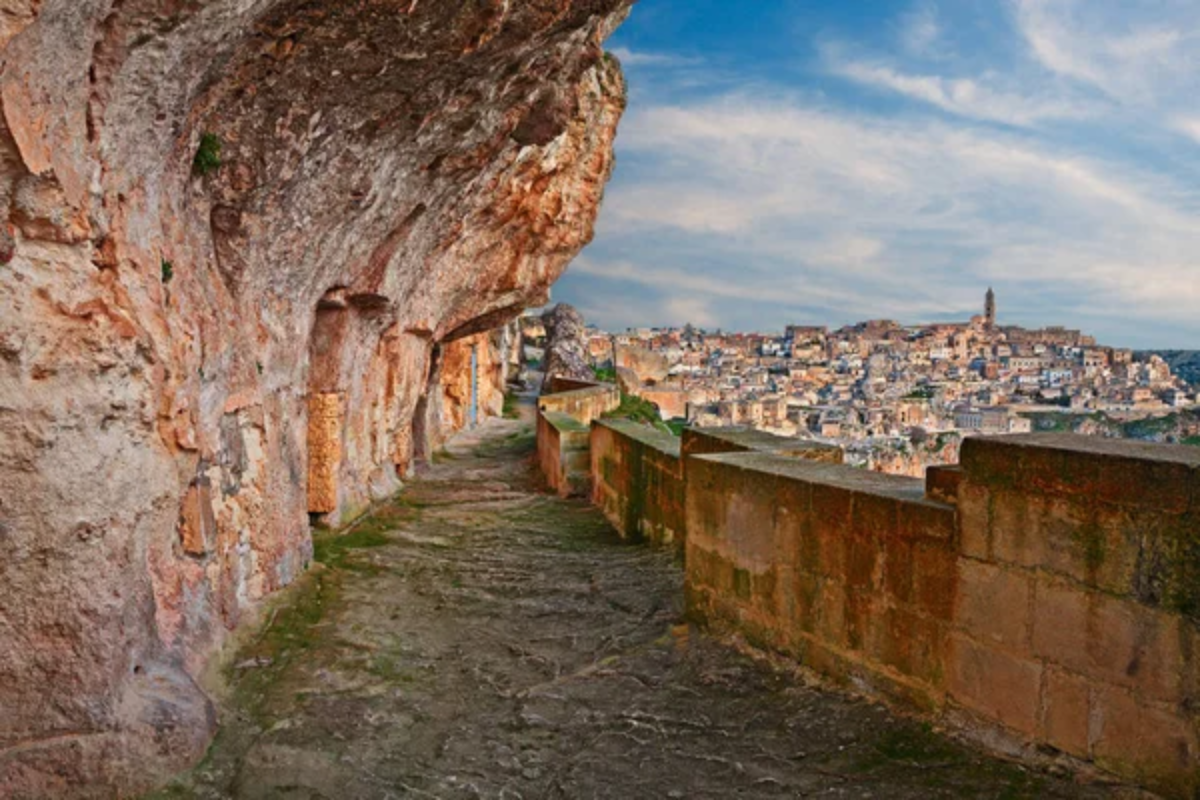
Beyond the famous cave dwellings, Matera’s lesser-known rock churches hold extraordinary Byzantine frescoes in chambers rarely visited by tourists. Local guides know exactly when sunlight penetrates deep enough into these caves to illuminate ancient paintings that combine Eastern and Western Christian traditions.
The churches preserve unique examples of religious art that show the cultural mixing of different civilizations that passed through southern Italy. Hidden passages connect some of these sacred spaces, creating an underground network that tells stories of faith and survival.
Every chamber holds its own surprises, from perfectly preserved frescoes to ancient grain storage systems converted into chapels.
Like Travel Pug’s content? Follow us on MSN.
Rocca Imperiale, Calabria
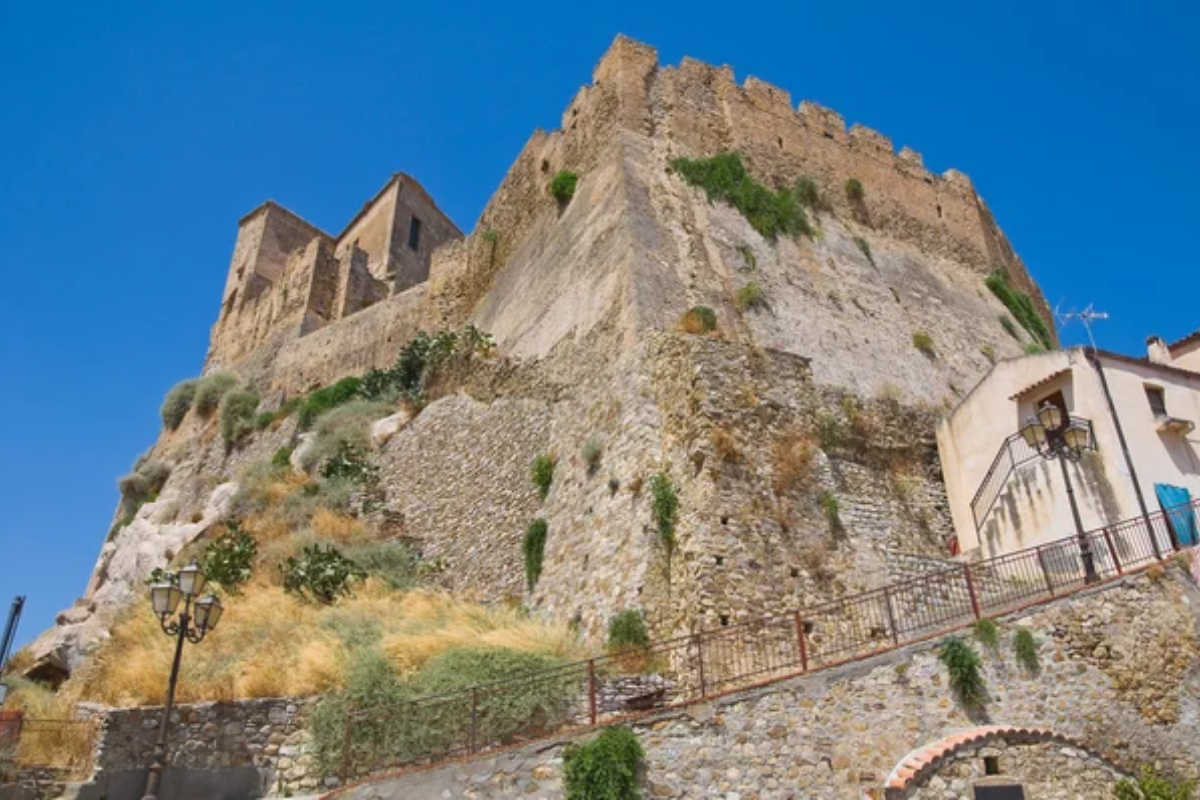
This Swabian fortress dominates a hilltop overlooking the Ionian Sea, its massive walls holding stories of Emperor Frederick II’s ambitious architectural projects. The castle’s unique design includes sophisticated defensive features that were ahead of its time, while the surrounding medieval town maintains its original street pattern.
Local families still produce traditional licorice in cellars carved into the hillside below the castle, continuing a trade that’s sustained the town for centuries. The combination of strategic location and architectural innovation creates a perfect example of medieval military engineering adapted to the Mediterranean landscape.
Sunset views from the castle walls stretch across three regions, with the coast of Puglia visible on clear evenings.
Santa Maria di Cerrate, Puglia
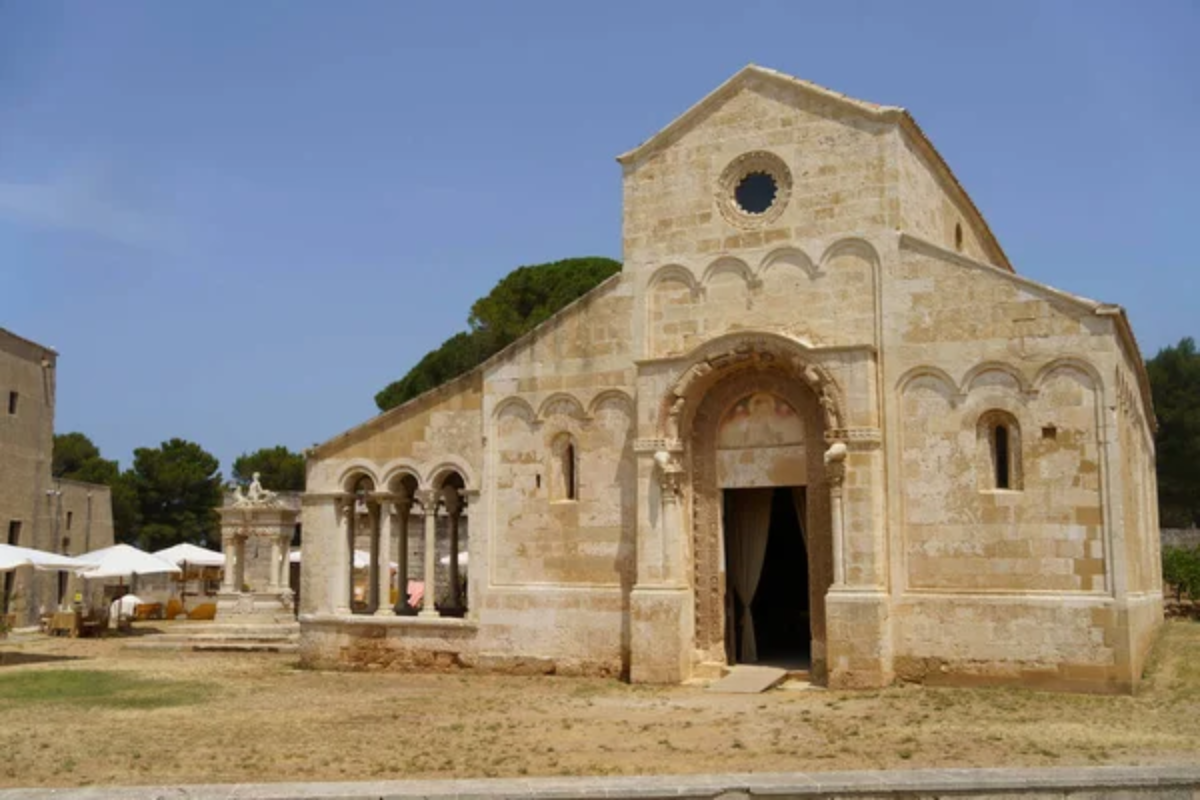
Hidden among ancient olive groves, this Byzantine monastery complex preserves some of southern Italy’s finest medieval frescoes in peaceful isolation. The monastery’s unique architecture combines elements from different cultural traditions, reflecting centuries of Mediterranean trade and influence.
Local olive farmers still bring their harvest to be blessed in the monastery’s courtyard, maintaining traditions that connect modern agricultural practices with medieval religious customs. The surrounding olive grove contains trees that have witnessed centuries of history, their twisted trunks creating natural sculptures against the limestone buildings.
The site’s remote location helps preserve both its physical structure and spiritual atmosphere, allowing visitors to experience it much as medieval pilgrims would have.
Castello di Nicotera, Calabria

Overlooking the Tyrrhenian Sea from its dramatic perch, this often-overlooked castle combines Arab, Norman, and Spanish architectural elements in unique ways. The fortress’s massive towers offer spectacular views across the Costa degli Dei, while interior courtyards preserve elegant Renaissance details rarely found in military structures.
Local families maintain traditional gardens in the castle’s shadow, growing heritage varieties of citrus and herbs that have flavored regional cuisine for centuries. The surrounding medieval town preserves its original street pattern, with narrow alleys leading to hidden squares where time seems to stand still.
Evening light transforms the castle’s weathered stones to warm gold, creating perfect conditions for photography.
Like Travel Pug’s content? Follow us on MSN.
Cripta del Peccato Originale, Basilicata
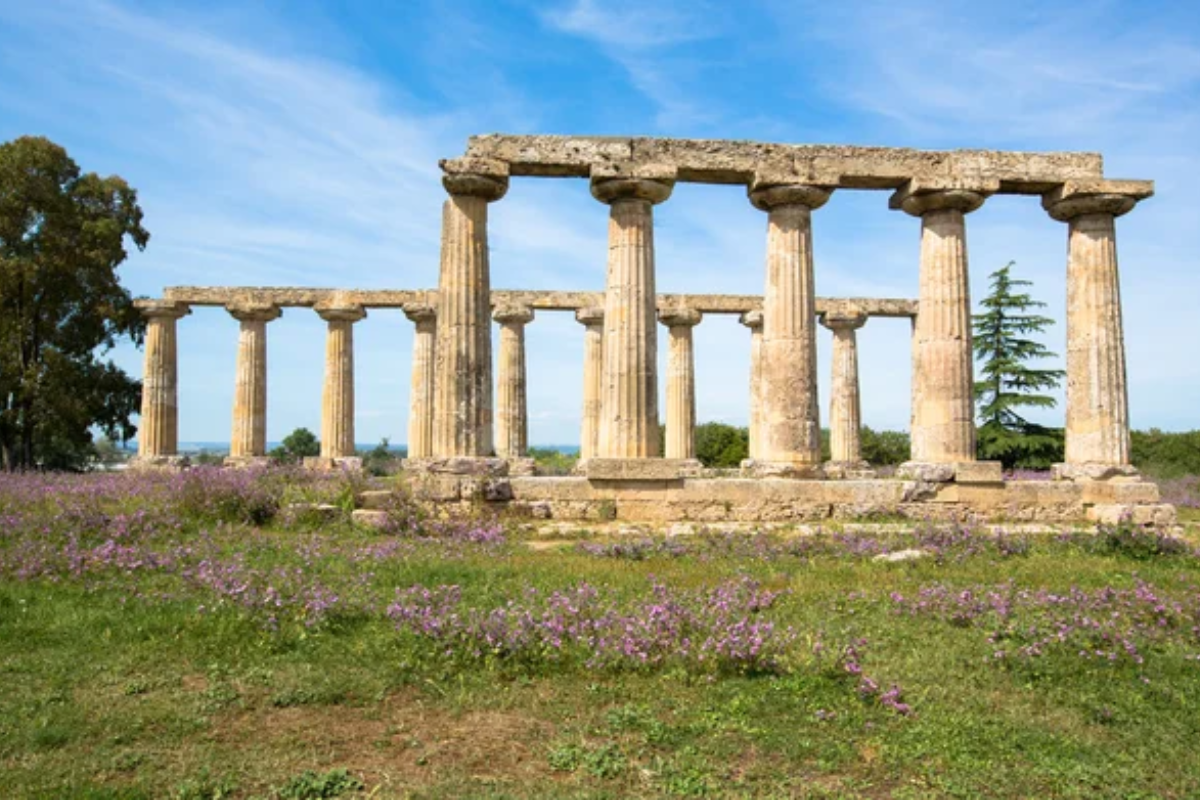
Known as the ‘Sistine Chapel of Rupestrian art,’ this cave church near Matera preserves extraordinary 8th-century frescoes in remarkable isolation. The biblical scenes painted on cave walls show unique artistic interpretations that blend Byzantine tradition with local influences.
Local caretakers share stories of the site’s rediscovery and restoration, adding human context to the extraordinary artistic achievement. The remote location and limited visitor numbers help preserve both the physical artwork and the contemplative atmosphere of this ancient sacred space.
The surrounding landscape remains much as it would have appeared to the original artists, creating a uniquely immersive historical experience.
Castello di Roseto Capo Spulico, Calabria
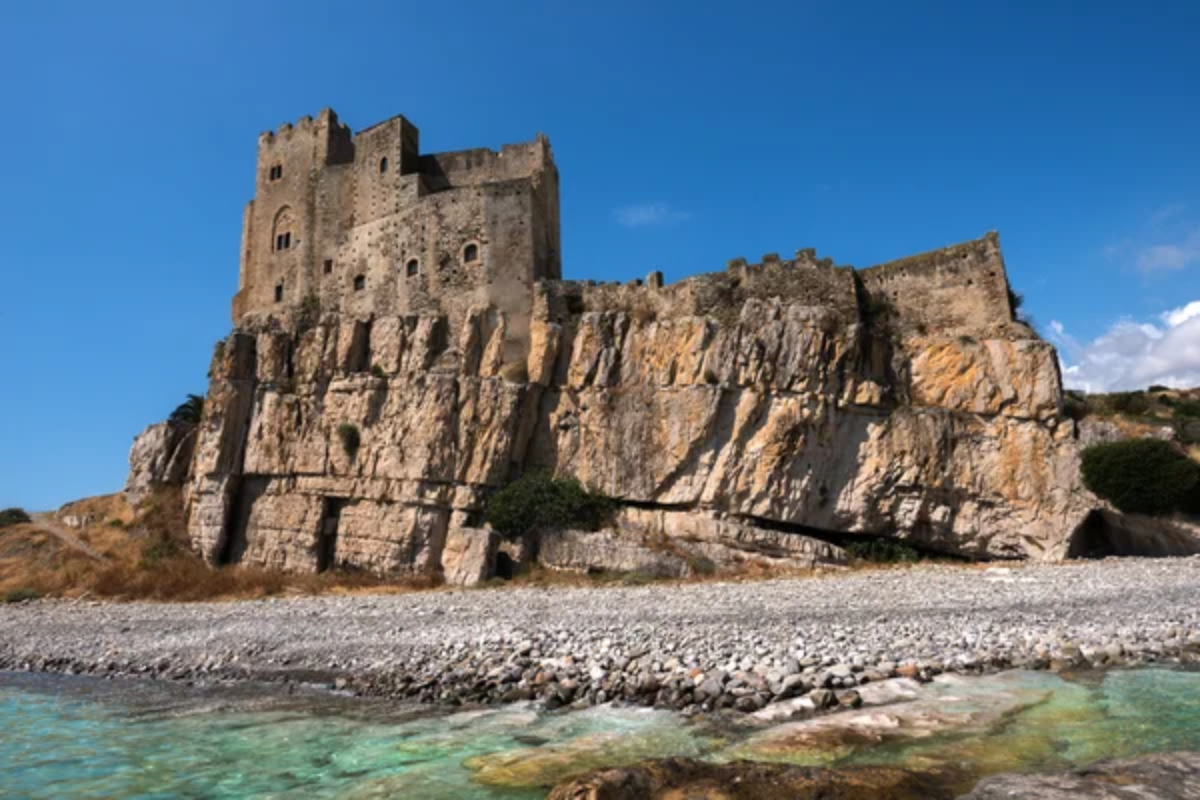
Built by Frederick II as part of his network of coastal fortresses, this dramatic castle seems to grow directly from the rocky coastline below. The fortress combines military functionality with sophisticated architectural details that reflect the Emperor’s famous interest in mathematics and astronomy.
Local fishermen still launch their boats from the small harbor below the castle walls, maintaining traditional fishing practices that have sustained the community for generations. The combination of natural and built heritage creates perfect photo opportunities, especially during sunrise when the castle’s stones seem to glow from within.
The surrounding coastline preserves its wild character, allowing visitors to imagine how the landscape appeared to medieval sailors.
Abbazia di Santa Maria di Pulsano, Puglia
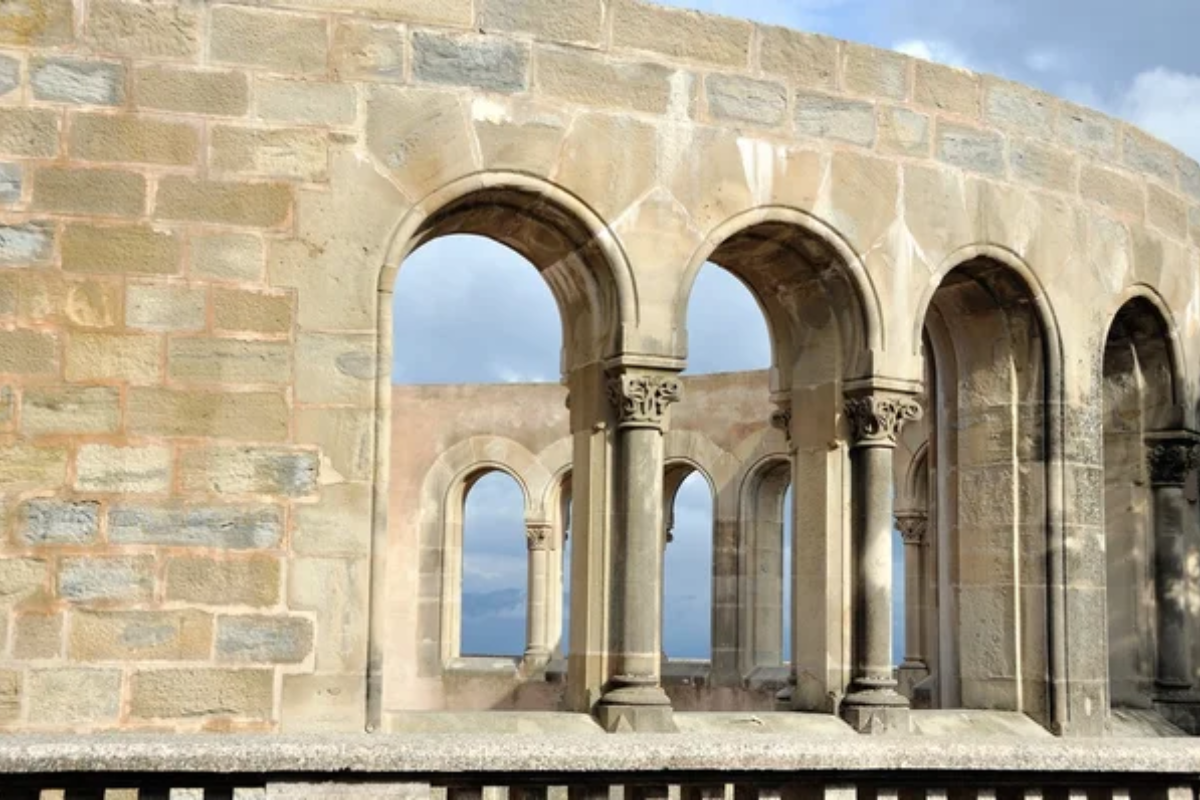
Clinging to a dramatic limestone cliff, this remote monastery preserves centuries of spiritual history in splendid isolation. Ancient hermit caves dot the surrounding cliffs, connected by precarious paths that tested the dedication of medieval monks.
Local devotees still make pilgrimages to the site on traditional festivals, maintaining spiritual connections that span centuries. The monastery’s remote location and limited access help preserve both its physical structure and contemplative atmosphere.
The surrounding landscape remains remarkably unchanged since medieval times, creating a powerful connection to the past.
Like Travel Pug’s content? Follow us on MSN.
Palazzo Rinaldi, Basilicata
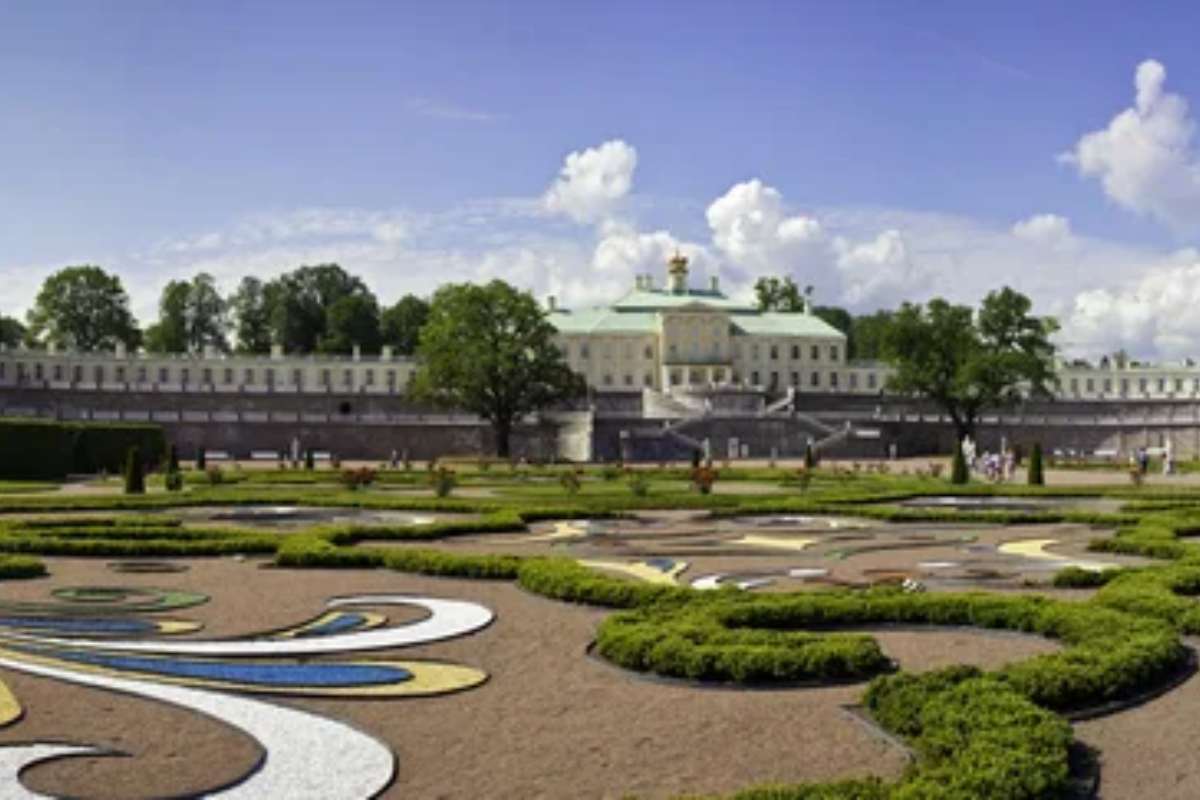
Hidden in a small mountain town, this aristocratic palace preserves extraordinary 18th-century frescoes that rival those in more famous urban residences. The palazzo’s rooms tell stories of southern Italian nobility through their decoration, while the surrounding town maintains its traditional character.
Local artisans still practice traditional crafts in workshops near the palace, creating a living connection to historical techniques and designs. The combination of artistic sophistication and remote location creates unique opportunities to experience southern Italian baroque culture without crowds.
The palace gardens preserve ancient fruit varieties in a design that reflects 18th-century horticultural practices.
Castello di Squillace, Calabria
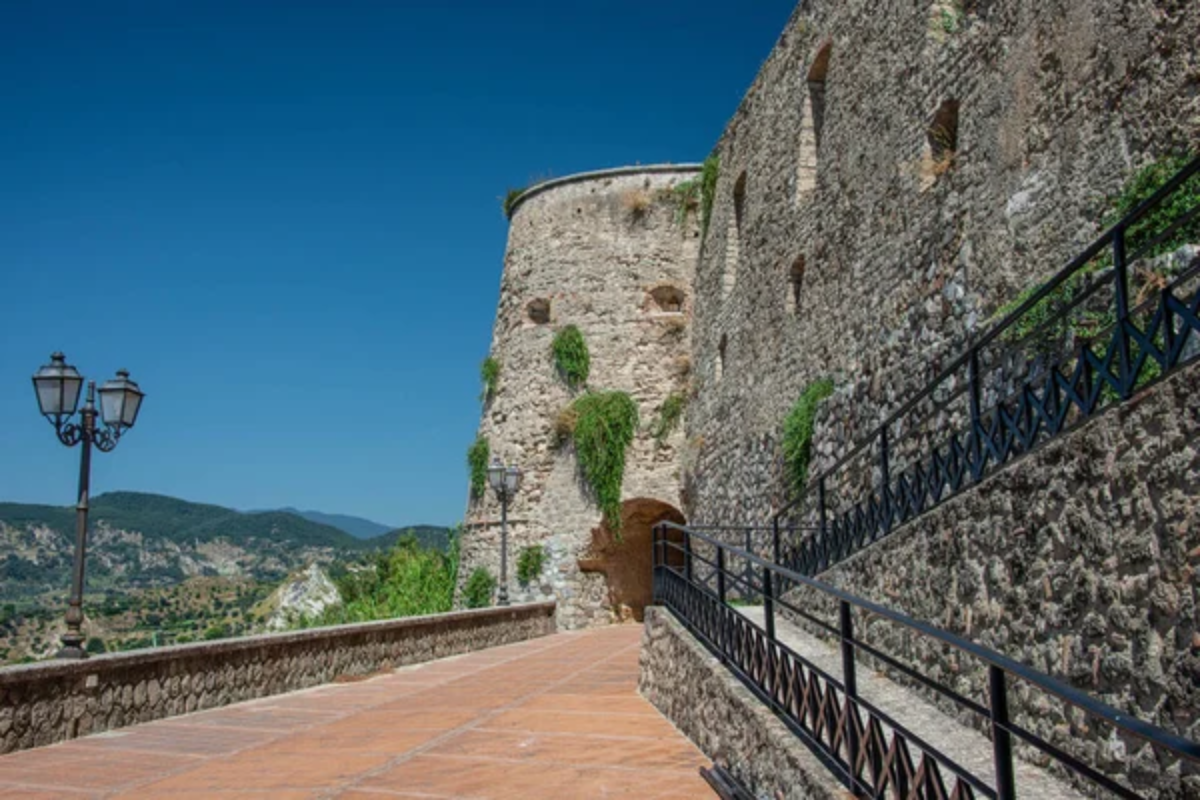
Commanding views across the Gulf of Squillace, this Norman fortress holds unique architectural features that reflect centuries of Mediterranean cultural exchange. The castle’s massive walls incorporate sophisticated defensive innovations, while interior spaces preserve elegant details that show its later role as an aristocratic residence.
Local guides share stories of the castle’s connection to Cassiodorus, the great classical scholar who established an important monastery nearby. The surrounding landscape remains remarkably undeveloped, allowing visitors to appreciate the strategic importance of the site.
Evening light creates perfect conditions for photography as the sun sets behind the castle’s dramatic silhouette.
Chiesa di Santa Maria degli Angeli, Puglia

Tucked away in a quiet valley, this rock-cut church preserves extraordinary Byzantine frescoes in peaceful isolation from tourist routes. The church’s unique architecture combines natural cave features with constructed elements in ways that create surprising spatial effects.
Local families maintain traditional agricultural practices in the surrounding fields, creating a living connection to medieval farming techniques. The combination of natural and cultural heritage creates perfect opportunities for understanding how medieval communities adapted to their environment.
The site’s remote location helps preserve both its physical features and spiritual atmosphere.
Like Travel Pug’s content? Follow us on MSN.
Castello di Amendolea, Calabria
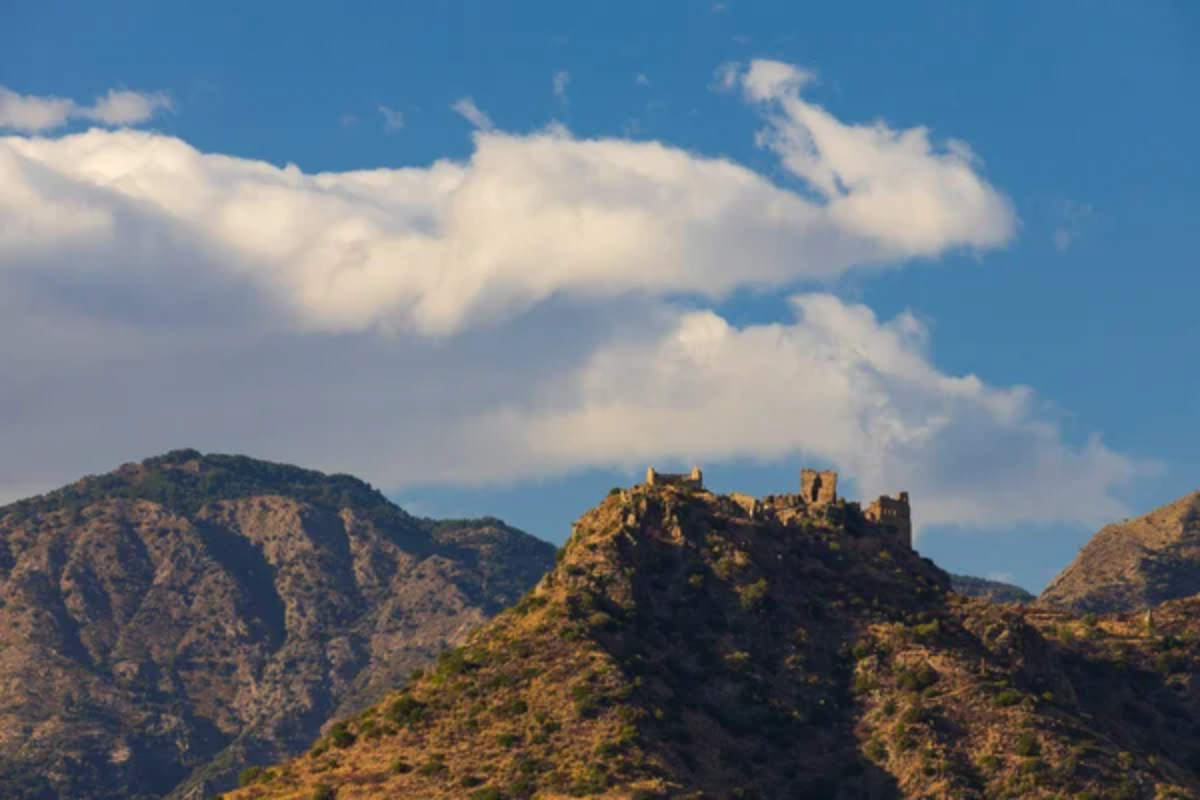
Rising dramatically above a ghost town abandoned after floods, this Greek fortress tells stories of Byzantine defense against Arab raiders. The castle’s unique design incorporates sophisticated water collection systems that show medieval engineering expertise.
Local shepherds still graze their flocks in the surrounding hills, maintaining traditional pastoral practices in the shadow of ancient walls. The combination of dramatic location and historical significance creates perfect opportunities for understanding medieval life in southern Italy.
The abandoned village below offers poignant reminders of how natural disasters can transform communities.
Santuario della Madonna dei Grotti, Basilicata
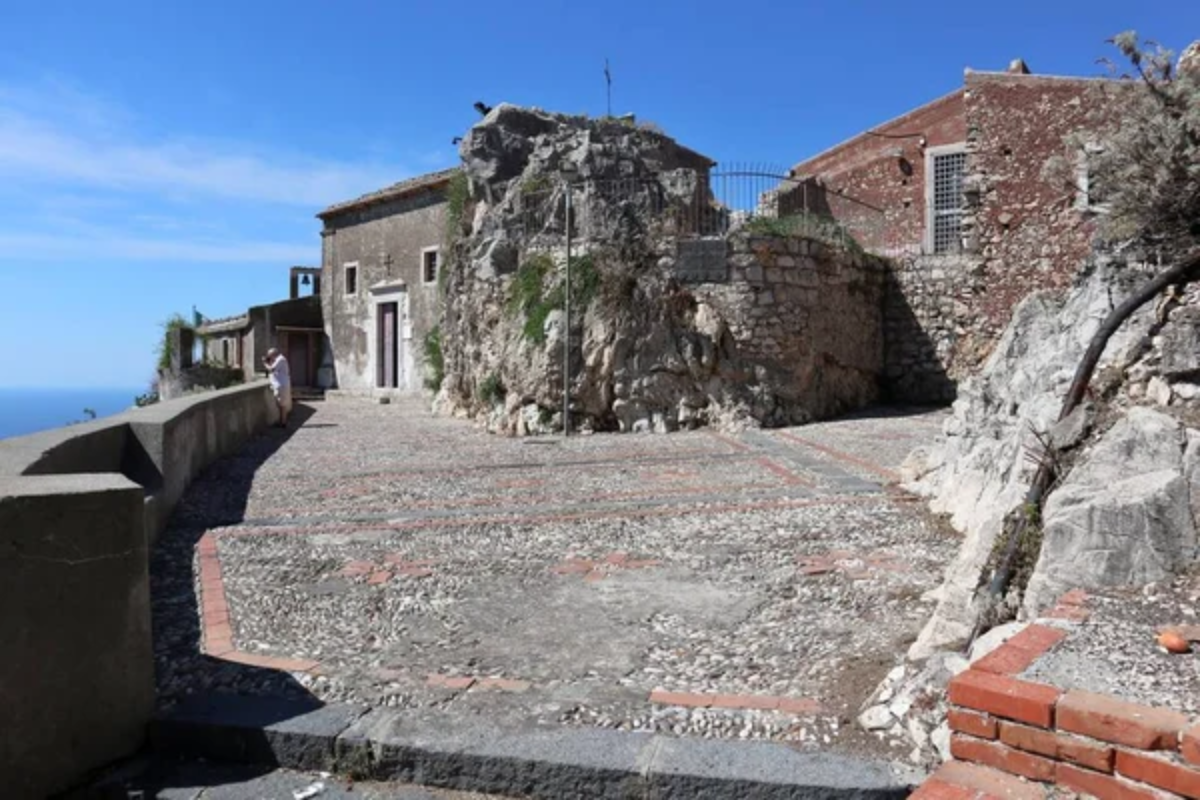
Carved into volcanic rock, this sanctuary combines natural cave features with constructed elements to create unique sacred spaces. Ancient grain storage caves have been transformed into chapels decorated with folk art that shows unique local interpretations of Catholic traditions.
Local devotees maintain traditional pilgrimages to the site, creating living connections to centuries of spiritual practice. The surrounding landscape preserves its wild character, allowing visitors to experience the site much as medieval pilgrims would have.
The combination of natural and sacred features creates perfect opportunities for understanding how communities adapted religious practice to local conditions.
Torre di Albidona, Calabria
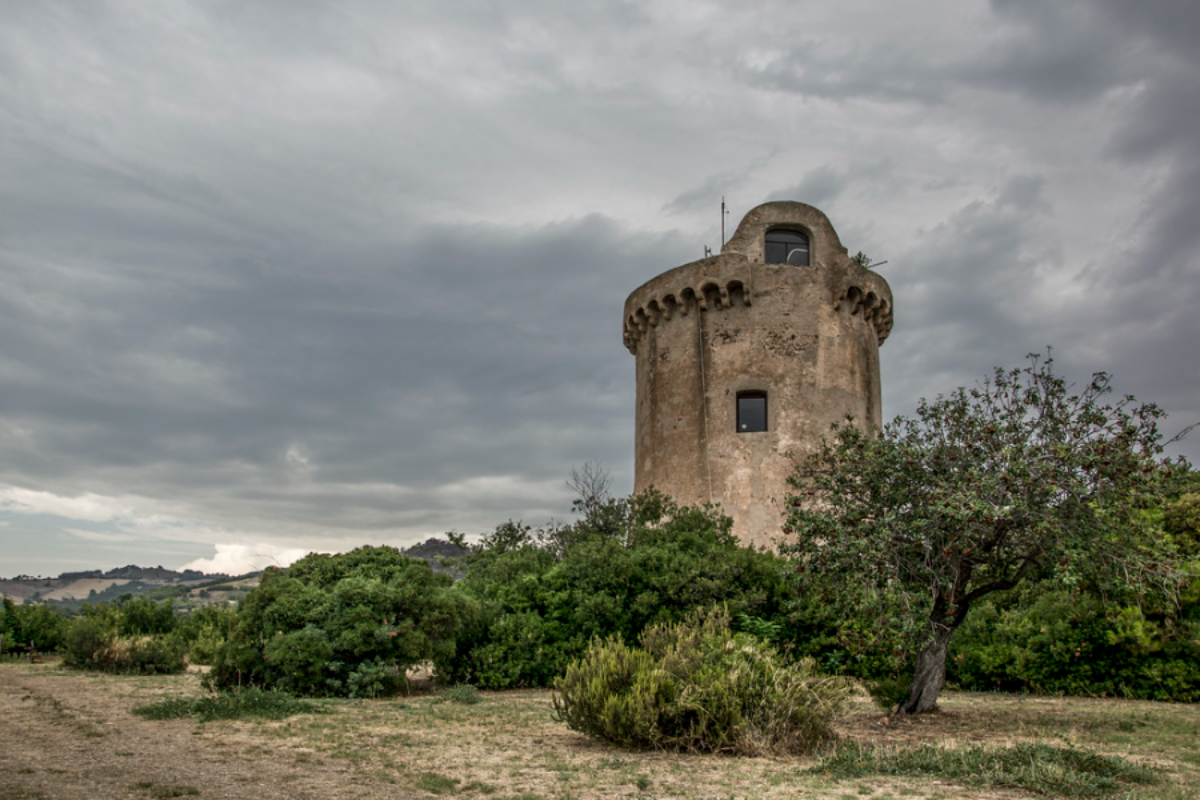
Standing in splendid isolation above the Ionian coast, this Spanish watchtower preserves sophisticated defensive features that protect against Ottoman raiders. The tower’s unique design includes innovative signal systems that connect it to other coastal fortifications.
Local oral traditions preserve stories of dramatic events that took place around the tower during centuries of Mediterranean conflict. The surrounding landscape remains remarkably undeveloped, allowing visitors to appreciate the tower’s strategic importance.
Sunset creates perfect conditions for photography as the tower’s silhouette stands dark against the colorful sky.
Like Travel Pug’s content? Follow us on MSN.
Certosa di San Lorenzo, Campania
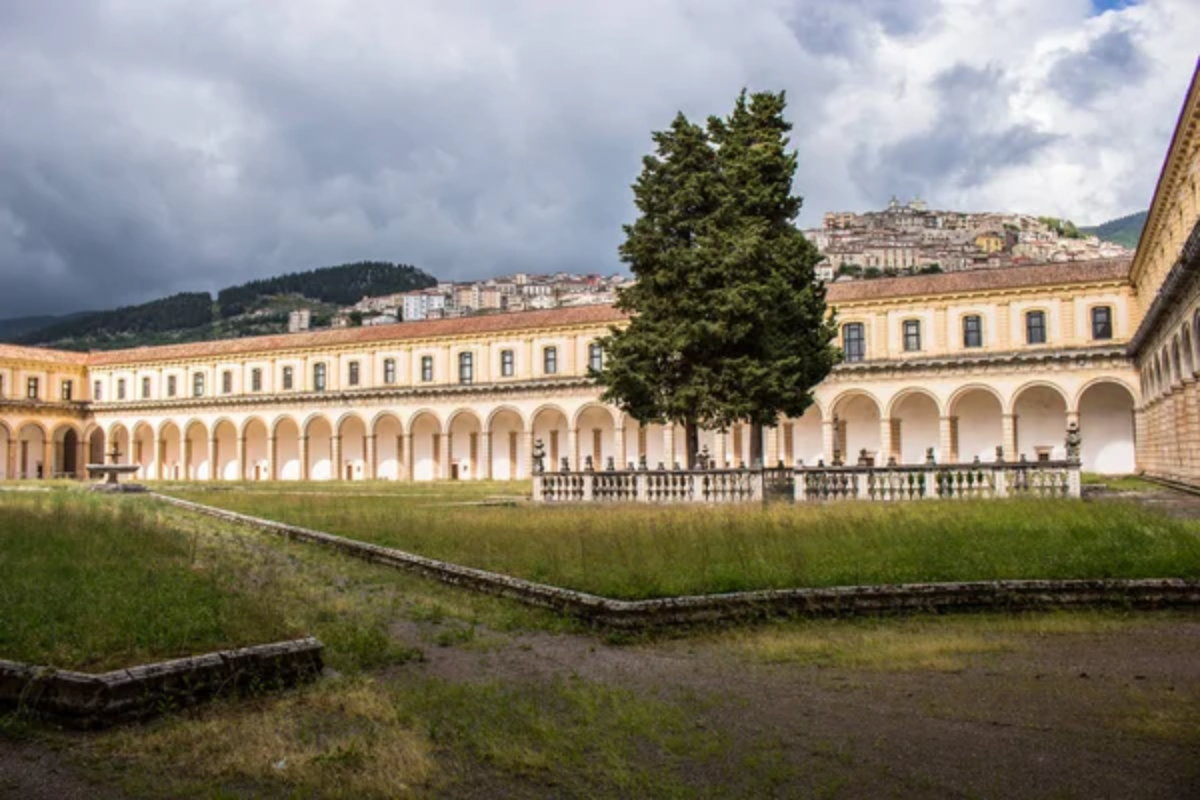
Hidden in a quiet valley, this massive Carthusian monastery preserves extraordinary baroque architecture in peaceful isolation from tourist routes. The monastery’s unique design includes sophisticated water management systems that show medieval engineering expertise.
Local families maintain traditional agricultural practices in the surrounding fields, creating living connections to centuries of monastic influence on farming techniques. The combination of architectural grandeur and remote location creates perfect opportunities for understanding monastic life without tourist crowds.
The surrounding landscape preserves much of its historical character, allowing visitors to experience the site much as medieval travelers would have.
Castello di Roccella Ionica, Calabria
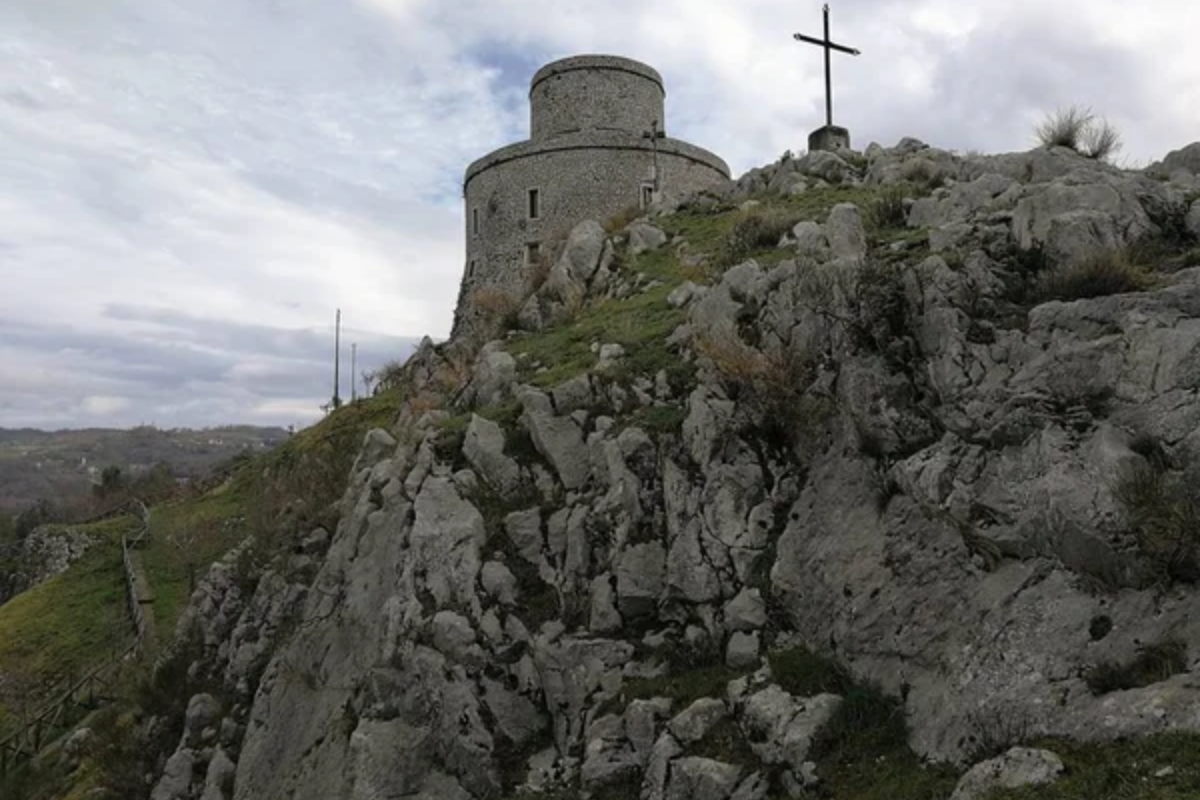
Rising dramatically above a medieval town, this Aragonese fortress combines military functionality with unexpected artistic sophistication. The castle’s unique design includes innovative defensive features while preserving elegant architectural details that show its later role as an aristocratic residence.
Local traditions preserve stories of dramatic events that took place within these walls during centuries of Mediterranean conflict. The surrounding landscape remains remarkably authentic, allowing visitors to appreciate both the castle’s strategic and cultural significance.
Evening light transforms the castle’s weathered stones to warm gold, creating perfect conditions for photography.
Cripta di San Biagio, Basilicata
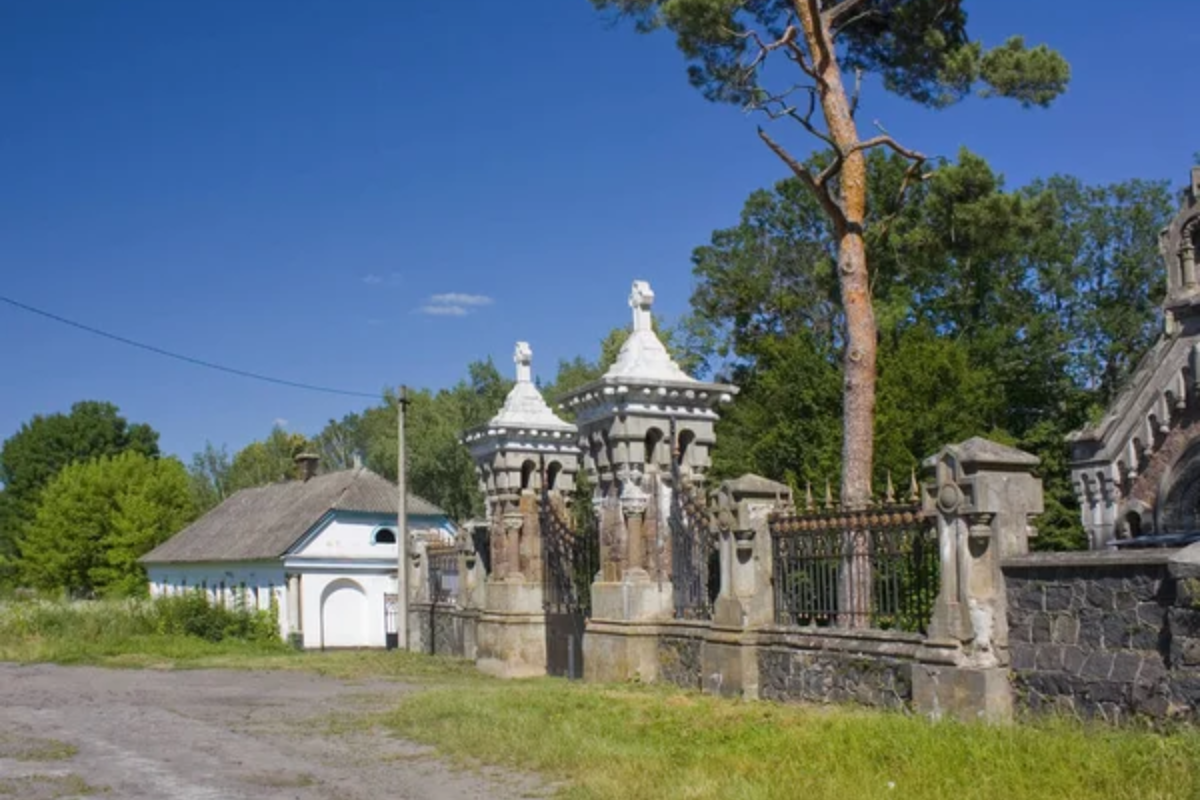
Hidden beneath a medieval church, this extraordinary rock-cut space preserves unique examples of medieval religious art. The crypt’s frescoes show fascinating combinations of Byzantine tradition with local artistic interpretations.
Local devotees maintain traditional religious practices in this ancient sacred space, creating living connections to centuries of spiritual history. The surrounding village preserves its medieval character, allowing visitors to experience the site in something close to its historical context.
The combination of artistic sophistication and authentic atmosphere creates unique opportunities for understanding medieval religious life.
Like Travel Pug’s content? Follow us on MSN.
Hidden Historical Gems of Southern Italy
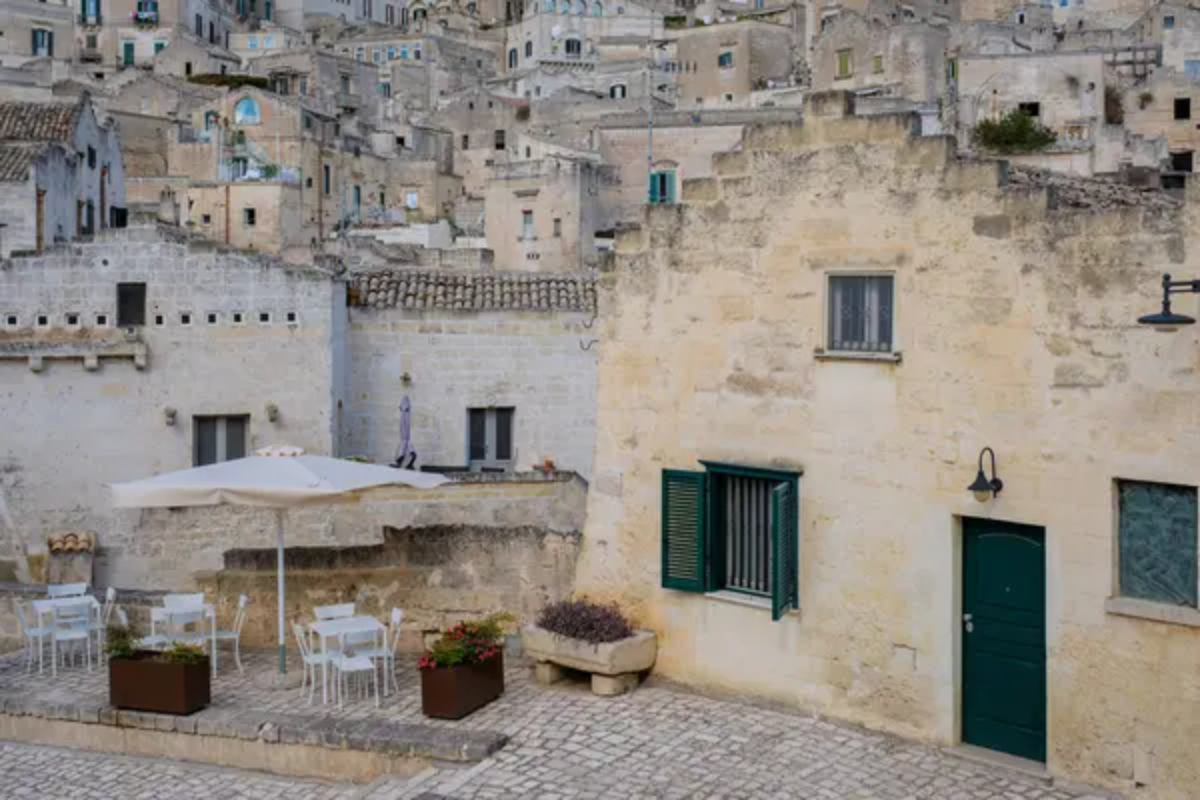
These 20 historical treasures prove that southern Italy’s most fascinating sites often lie far from the usual tourist routes. Each location offers its unique combination of architectural beauty, historical significance, and authentic atmosphere preserved by relative isolation.
While tour buses crowd more famous destinations, these hidden gems maintain their authentic character, offering visitors chances to experience southern Italian history as it has existed for centuries. Perhaps the most rewarding historical experiences aren’t found in crowded archaeological parks but in these quiet corners where time moves more slowly and connections to the past remain strong and vital.
More from Travel Pug

- 15 Dangerous European Cities to Avoid
- 15 Caribbean Islands Where Tourists Keep Getting Scammed
- The 20 Most Fascinating Abandoned Places: A Journey Through Time and Forgotten Spaces
- 15 Hidden Places in the Smithsonian Museums Locals Love: A Guide to Lesser-Known Treasures
- 16 Hidden Florida Beach Towns That Aren’t Overrun with Tourists
Like Travel Pug’s content? Follow us on MSN.
